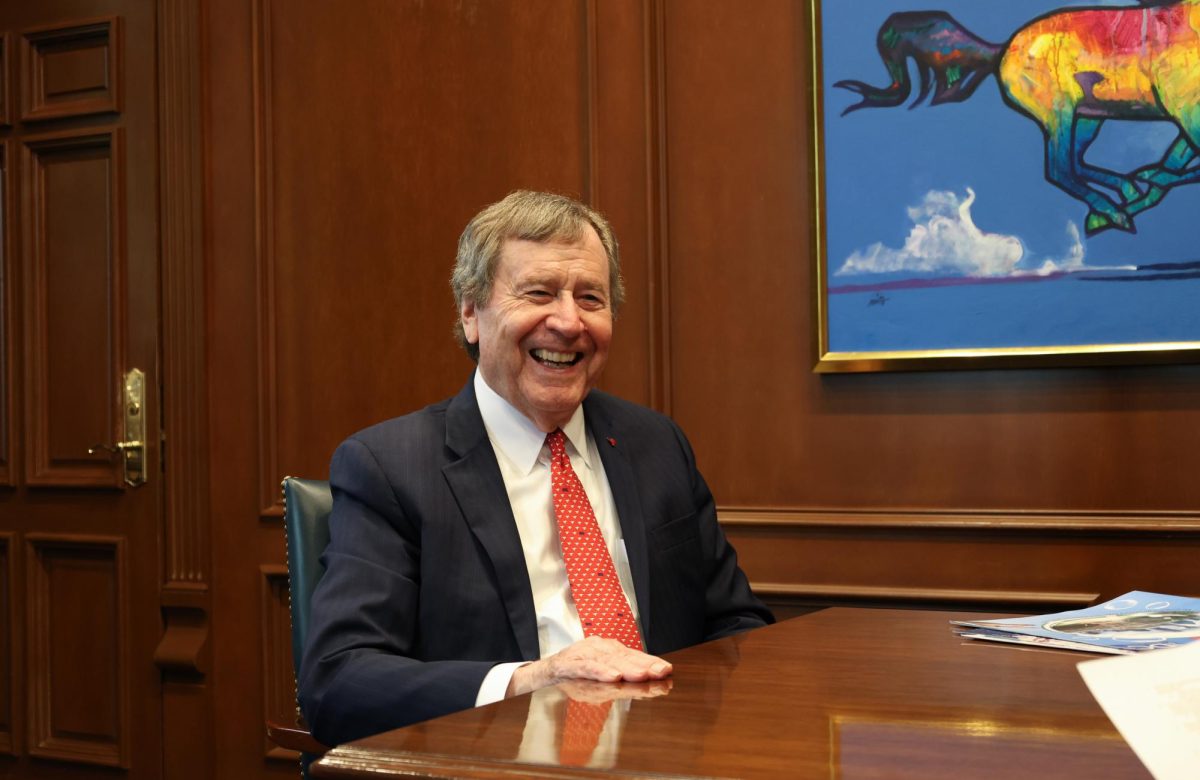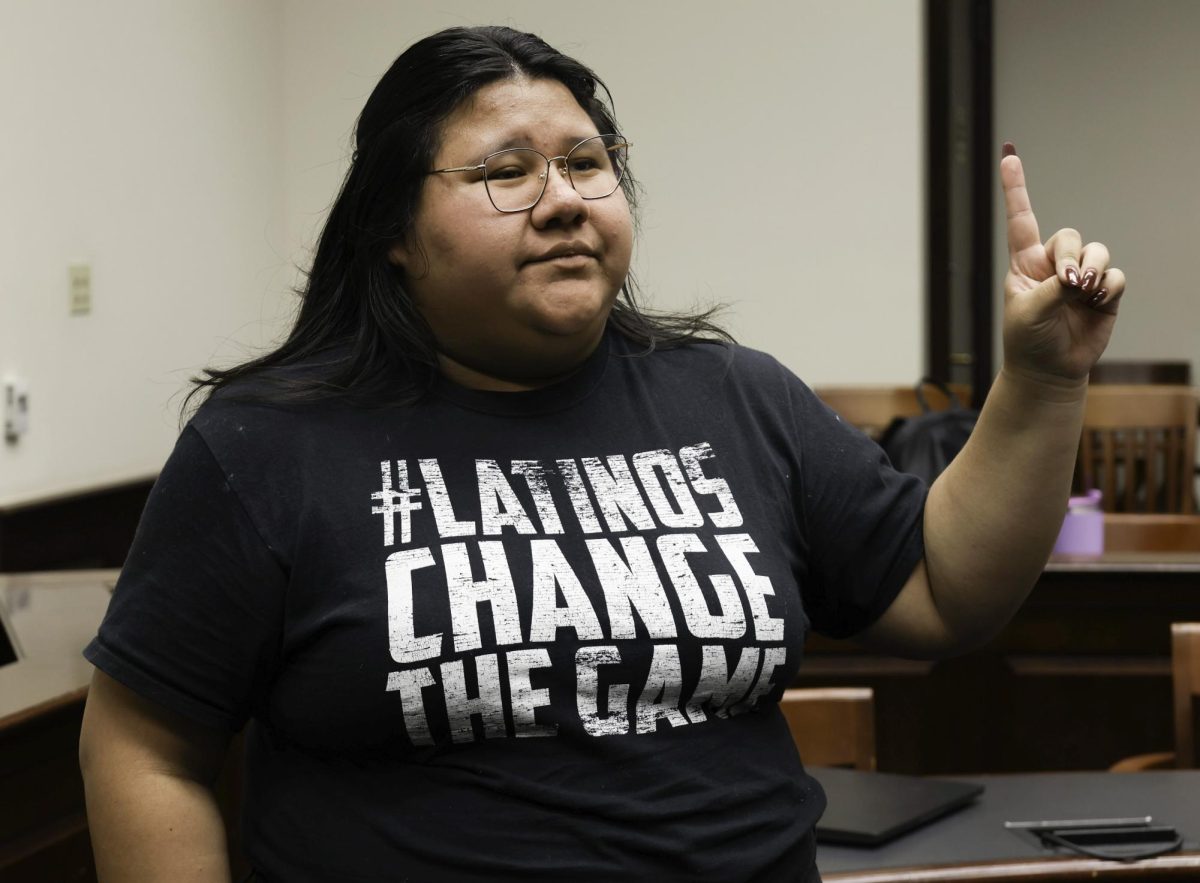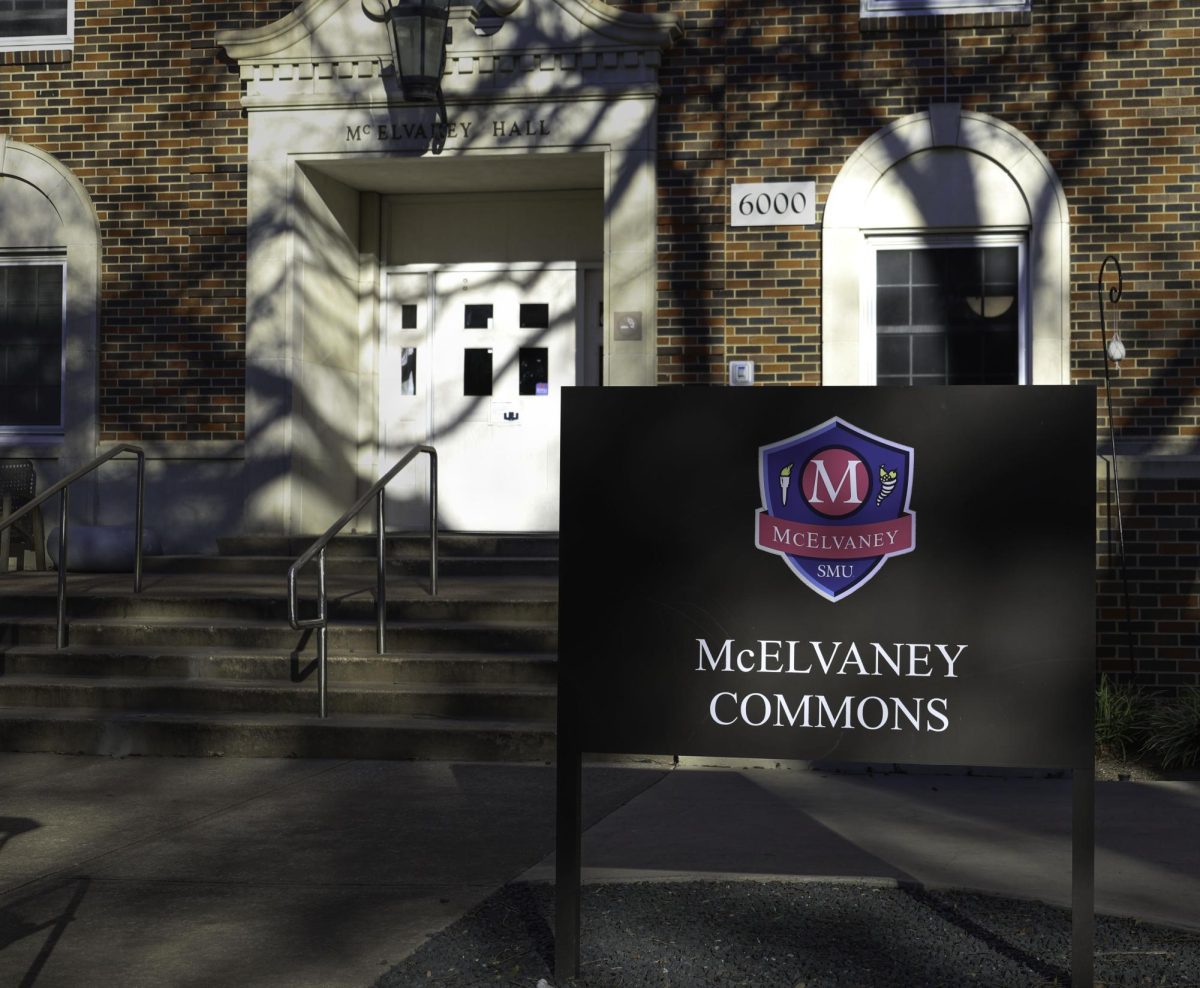
Professor Cal Jillson (Courtesy of SMU)
President Obama spoke last Tuesday on his plans for immigration and SMU professor of political science, Cal Jillson, broke down the reform structure to give light as to what will likely be happening with immigration in the near future.
While in Las Vegas for his address, Obama made it clear to Americans that “now is the time” to move forward with immigration. This would possibly be the first successful immigration reform for the U.S.
“The last big reform was achieved in 1986 when Reagan was president and has been tried most recently with George W. Bush in 2006,” Jillson said.
But the problem in 2006 and the difference now in 2013, Jillson said, is the fact that Bush’s “own party refused to go along, and Republicans have refused amnesty until the 2012 elections.”
It became clear that the increasing Hispanic vote would be essential to presidential candidates after Romney won only 29 percent of the Hispanic vote, while Obama won with 71 percent.
“There’s still differences between the two parties but the Democrats have the Republicans on their heels as a result of the election,” Jillson said.
But the Democrats, despite the victory of having the Republicans willing to move forward on immigration, still need to work around gaps in agreement.
“Republicans say you’ve got to close the border and secure the border and Democrats say the border is never going to be completely closed,” Jillson said.
The question then becomes, according to Jillson, whether Democrats should “force the Republicans to give up their border control for the rest of it or [if] they find a way to let the Republicans get part of what they want.” Regardless of the “what”, the “when” is more anticipated.
“Exactly how [the reform] will look remains open,” Jillson said. “[But] I think we are going to get a bill this year.”
He explained that many are talking about the bill happening by summer or even spring.
“The Democrats have been pushing for immigration for quite some time and the Republicans are now ready,” Jillson added, explaining the more rapid-approach atmosphere.
One of the bigger questions surrounding reform is one of cost. Those against immigration reform say it will raise taxes on American citizens, but Jillson explained these sentiments are “usually part of a political argument [rather] than an actual economic argument.”
“The costs are not great, except that border control is costly because it means boots on the ground and a lot of technology,” Jillson said.
However, as the government has already spent a lot of funds on border control, the reform will not create a financial need much larger than what has already been accounted for.
“Illegal immigration is costly to state and local government but it’s a net positive to the federal government,” Jillson said.
Beyond that, Jillson also quelled fears that immigration into the country would cut into things such as Social Security, Medicare, and welfare.
“Until you get citizenship, you’re not eligible for most social services,” Jillson said. “The way the reforms are likely to be written, it will be a path to a green card and then a multi-year path to citizenship.”
Out of American control, but acting as a positive in immigration nonetheless, is the fact that “the demographics of Mexico are changing rapidly.”
“The natural immigration pressures out of Mexico and into the U.S. have lessened,” Jillson said.
He explained that as Mexican families have decreased in size over the past several decades, the number of workers fighting for jobs in their country has also lessened.
Regardless, “Mexican wages are still less than a quarter of American wages” and will still draw many seeking greater opportunity, according to Jillson.
“Once jobs are more plentiful than they are now,” Jillson said, “there will still be much of an allure, but never as much as it was 25 or 30 years ago.”









